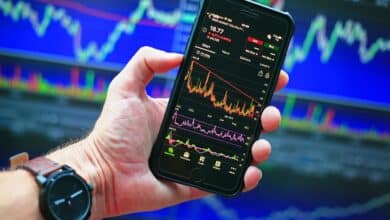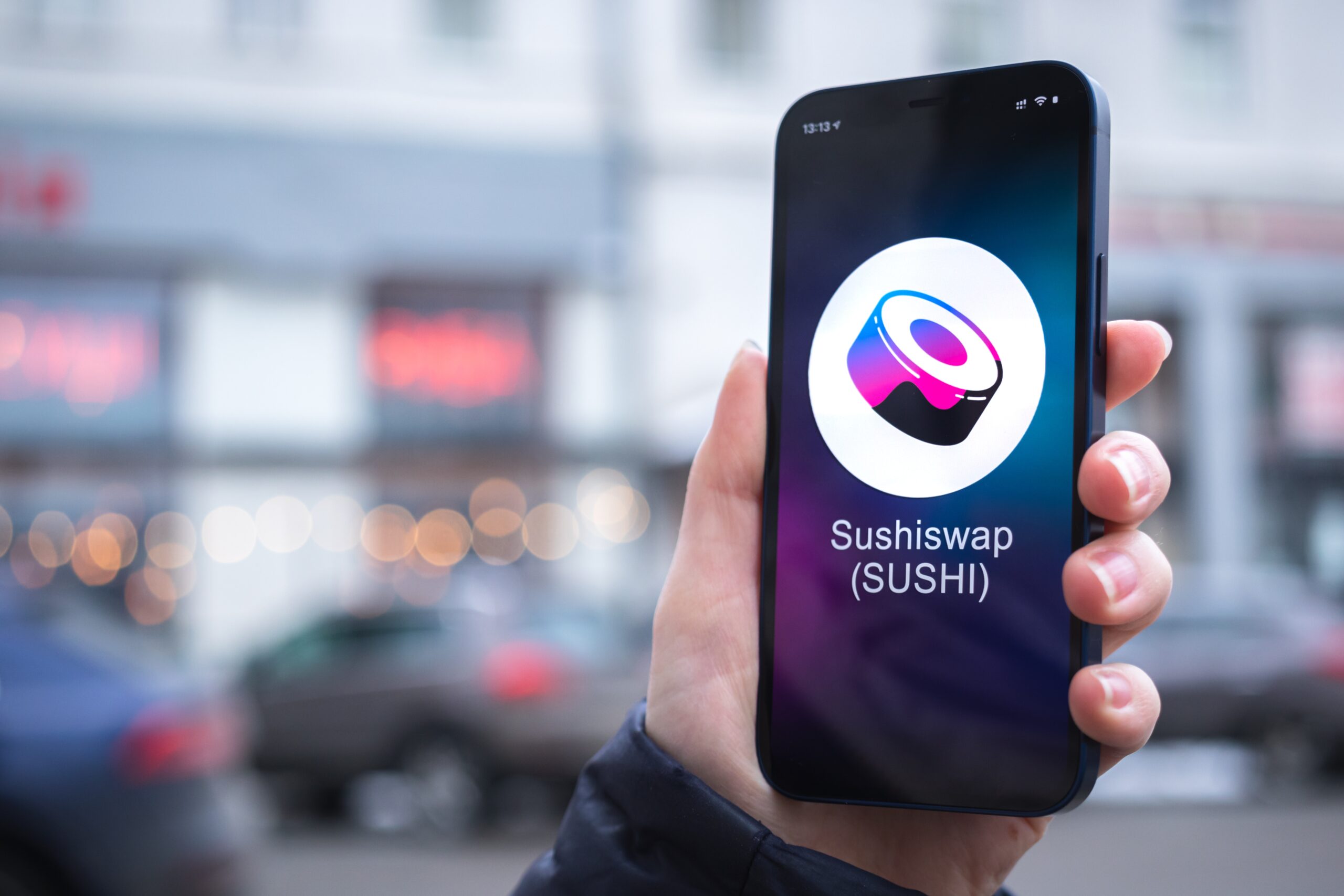Mastering the Internet of Things (IoT): A Comprehensive Guide

Unraveling the Internet of Things (IoT)
The Internet of Things (IoT) is a groundbreaking concept that involves a network of physical entities equipped with sensors and software, all linked through the Internet. These entities span from ordinary household appliances to complex industrial equipment capable of frequently gathering, sharing, and analyzing data without human intervention. “Internet of Things” has become a common term in today’s lexicon thanks to integrating data analytics and internet connectivity with various items, including consumer products, vehicles, sensors, and industrial elements.
Tracing the Origins of IoT
The concept of embedding sensors and intelligence into tangible items was first conceived when a group of students from Carnegie Mellon University ingeniously modified a Coca-Cola vending machine for remote stock monitoring. The birth of the internet, thanks to Tim Berners-Lee in 1989, paved the way for the commonplace integration of “things” with the web. The pioneer of internet-connected devices was a toaster, innovatively designed by John Romkey in 1990, to be controlled remotely via the internet. From that point, the scope of IoT has expanded to include wearable technology, intelligent homes, and even digitally connected cities, with its use cases multiplying during the COVID-19 pandemic.
The Mechanics of IoT
The IoT landscape is filled with internet-capable intelligent devices like smartphones and tablets. These gadgets, outfitted with integrated systems such as sensors, processors, and communication equipment, collect, transmit, and respond to data from their surroundings by linking to an IoT gateway or peripheral device. An IoT gateway is a centralized node that links IoT devices and sensors to the cloud. The sensors can connect to the cloud using various communication and delivery methods, including satellite networks, WiFi, Bluetooth, and wide-area networks.
Technological Drivers of IoT
Several technologies underpin the IoT, including Radiofrequency Identification, Near-Field Communication, Bluetooth, Wireless Fidelity, and Artificial Intelligence. These technologies facilitate object identification, wireless communication, and data analysis. Blockchain and quantum computing are also pivotal in ensuring data security and handling large data volumes.
IoT Communication Models and Architectural Framework
IoT communication models encompass device-to-device, device-to-cloud, device-to-gateway, and back-end data-sharing. These models enable direct device communication, connection to cloud services, and data sharing for analysis. The architectural design of IoT can be three-tier, five-tier, or service-oriented, each having distinct layers for perception, network, processing, application, and business.
Benefits of IoT
There are a great many advantages to using IoT. It encourages the networking of devices, resulting in better productivity and openness. Because machines can interact with one another, automation and control in operations are also key benefits. This results in outcomes that are both more accurate and completed more quickly. The Internet of Things could improve quality of life by decreasing congestion in heavily populated regions with applications such as traffic sensors and lighting.
Challenges of IoT
Nevertheless, the Internet of Things brings several concerns, most notably security and privacy. The massive amounts of data that Internet of Things devices create might be challenging to manage and safeguard. The inconsistency of data formats may be a barrier to the mobility of data, and the absence of specialized Internet of Things standards can cause problems with interoperability.
The Future of IoT
Despite the hurdles, the future of IoT holds immense promise. As technology evolves, we foresee a surge in IoT applications across diverse sectors, from healthcare to manufacturing. However, addressing existing challenges, particularly in security and privacy, is crucial to leverage IoT’s potential fully.
Final Thoughts
The Internet of Things is a groundbreaking technology redefining our existence. As we probe further into its uses and strive to surmount its hurdles, we can foresee a future where interconnectedness is omnipresent, ushering in unparalleled productivity, ease, and novelty.
Tokenhell produces content exposure for over 5,000 crypto companies and you can be one of them too! Contact at info@tokenhell.com if you have any questions. Cryptocurrencies are highly volatile, conduct your own research before making any investment decisions. Some of the posts on this website are guest posts or paid posts that are not written by Tokenhell authors (namely Crypto Cable , Sponsored Articles and Press Release content) and the views expressed in these types of posts do not reflect the views of this website. Tokenhell is not responsible for the content, accuracy, quality, advertising, products or any other content or banners (ad space) posted on the site. Read full terms and conditions / disclaimer.






